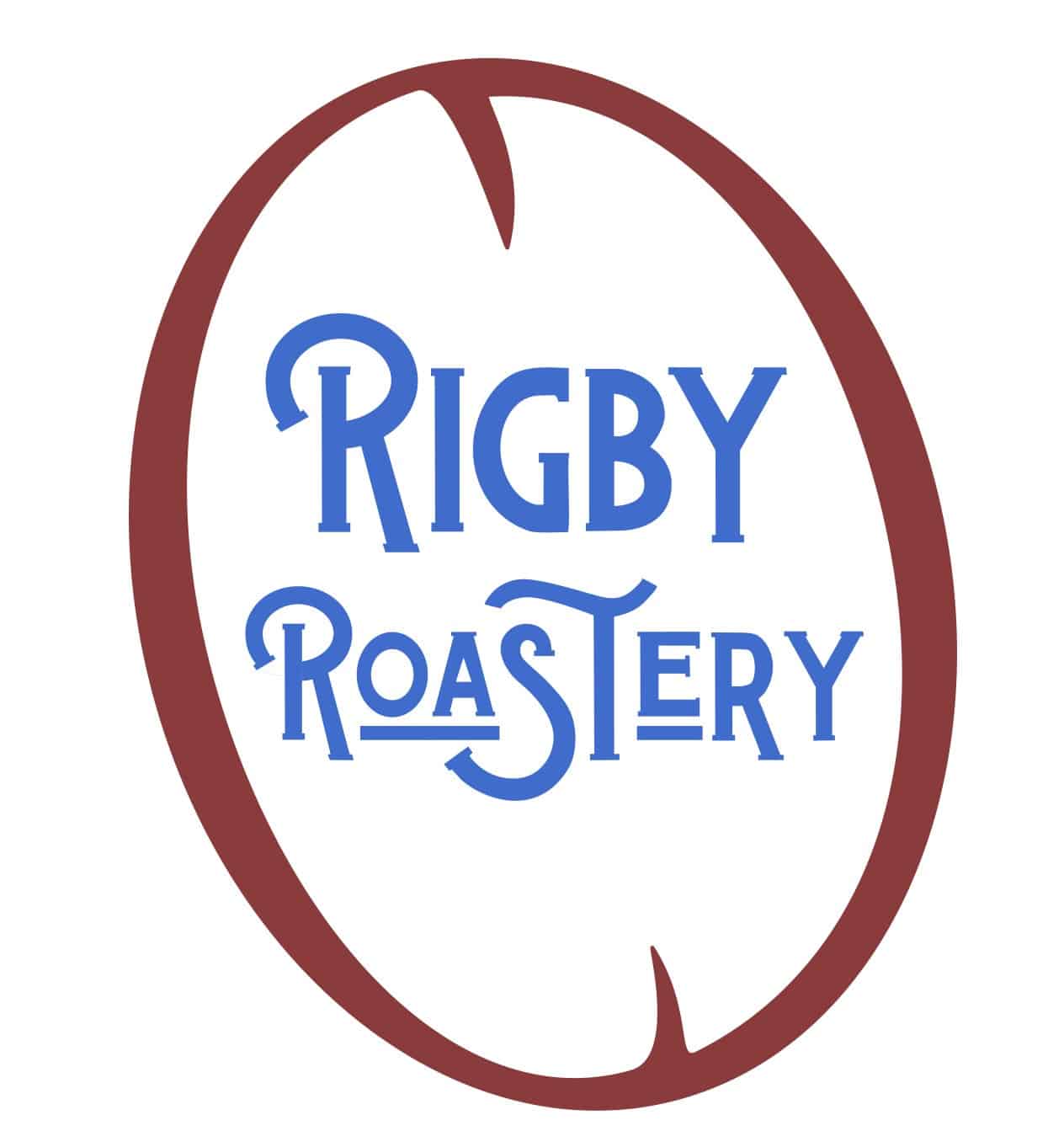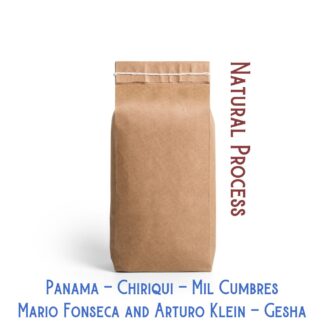Panama Geisha Coffee Mil Cumbres
Price range: $53.00 through $600.00
We taste Violets, Quince Tart, & Cherry.
Treat yourself to a rare varietal from an award winning terroir with all the bells and whistles. Enjoy a balanced cup and a delicate spread of complex flavors.
- Nil CumbresPanama Geisha Coffee beans. Where can I buy Geisha Coffee?
Panama Geisha Coffee from Mil Cumbres
Exploding in popularity in the first decade of the millennium, Panama is considered one of the best terroirs for Geishas. Quality graders, exporters, and specialty customers searching for the finest coffee in the world agree.
Perhaps you first heard about it at a coffee shop or expo. Maybe someone brought up Panama. The Peterson family’s farm Hacienda La Esmeralda. Especially after the Best of Panama auction results come in each year! Inevitably whether these expensive specialty coffees did or did not live up to the high prices will come up. Coffee aficionados everywhere have plenty to say about it.
Any experienced coffee drinker or coffee lover will tell you that there is truth to the hype. They will also tell you that only expertly harvested, dynamically processed, well roasted, and meticulously brewed cups of coffee made with Geisha will be worth your time and money.
Mil Cumbres
Panama Geisha Coffee buy. Where can I buy Geisha Coffee?
This producer has a long list of accomplishments in the region. But the farm is relatively new. Mil Cumbres is a coffee farm on approximately 150 acres of lush volcanic soil in the massively biodiverse province of Chiriqui in Panama. They produce coffee on 60 acres. The rest of the property makes up part of the Baru Volcano National Park.
In addition, the active Baru stratovolcano towering above the farm is the highest peak in Panama and home to over 550 species of birds. 10 years ago, Mario Fonseca and Arturo Klein, planted the farm with rare coffee varietals. Famous Panama Geisha coffee is grown here alongside other specialty cultivar. Mocca, Bourbon, Pacamara, and Sidra too! Ratibor Hartmann manages the coffee production.
Mil Cumbres means a thousand hills. The mountainside farm lies at elevations between 1600 and 2000 meters above sea level (MASL). Once a cattle farm only accessible by an old timber trail, it requires great deals of time and attention to manifest and maintain the Best of Panama winning farm it is today.
Mil Cumbres is a notable participant at Best of Panama. They have produced high scoring geisha lots that have landed in the Top 20. Their highest placing coffee has been the Pacamara which came in 2nd in 2024 in the varietals category!



About the Process
Certainly, this coffee is a refreshing break from the kaleidoscope of processing methods that might overwhelm the beauty of a masterfully grown crop.
They prepare this Panama Gesha coffee nano-lot via a low intervention dry process. Most importantly, they perform each step in the production process methodically with great care. A team of experts that the farm manager has close relationships with works the farm every harvest.
Firstly, they pick this lot at the perfect ripeness. They monitor sugar content using a Brix meter to ensure that each coffee cherry is ready. Afterwards, they sort the coffee for quality. Lastly, the coffee is carefully dried on covered patios and raised beds. They exercise fine controls over the long final step. All of this acutely affects how the coffee tastes later on.
Farm Manager Ratibor Hartmann
Finca Hartmann is a celebrated coffee farm in Panama. After over 100 years, many generations of Hartmann have had success in the industry.
In 1912, the first of them Alois Hartmann began farming coffee. Flash forward to the newly founded “Mi Finquita” which translates to “My small farm”. Under this brand, Tessie Hartmann and her husband Ratibor Hartmann (Alois’ grandson) process and help produce coffees grown by a small selection of farms.
Now what we have here is coffee from Finca Mil Cumbres. The farm is managed by Ratibor. His talent and experience provide the farm with an intelligence that elevates their coffee and produces this affordable (for Panama Geisha) but luxuriously clean and chuggable cup. Classic and sweet. Most importantly, a dry process coffee that has all the qualities we crave from washed and honey processed coffees. Balanced and refreshing.
Is it Panama Geisha Coffee or Gesha Coffee?
This rare arabica coffee species most likely originated near the border of Ethiopia and Sudan. The Gesha or Geisha varietal was first recorded to exist in Ethiopia’s Gori Gesha forest in the 1930’s. The Geisha coffee bean is like no other.
Expect flavors and aromas similar to the high end coffees of Ethiopia but also palates unique to the terroirs outside of Ethiopia where it is now commonly grown like Panama and Colombia.
One reason it is like no other is that for most of coffee’s history is was difficult to grow native varietals outside of Ethiopia. It has only happened very rarely up until the last century. However, after one of these rare happenings, Geisha arrived at the Tropical Agricultural Research and Higher Education Center (CATIE) in Costa Rica in the 1950s. Thereafter, it spread to other Central and South American countries.
In the 1960’s, government officials from Panama brought Geisha seeds from the CATIE to farmers in their country. Germplasm banks and coffee researchers utilized the first recorded translation of the varietal name as “Geisha” but this spelling is now used interchangeably with “Gesha”.
For more delicious and rare coffee try the dry/natural process Sudan Rume Coffee from the famous Colombian farm, Cafe Granja La Esperanza.
Firstly, Panama Geisha Coffee.
Secondly, Panama Geisha Coffee

